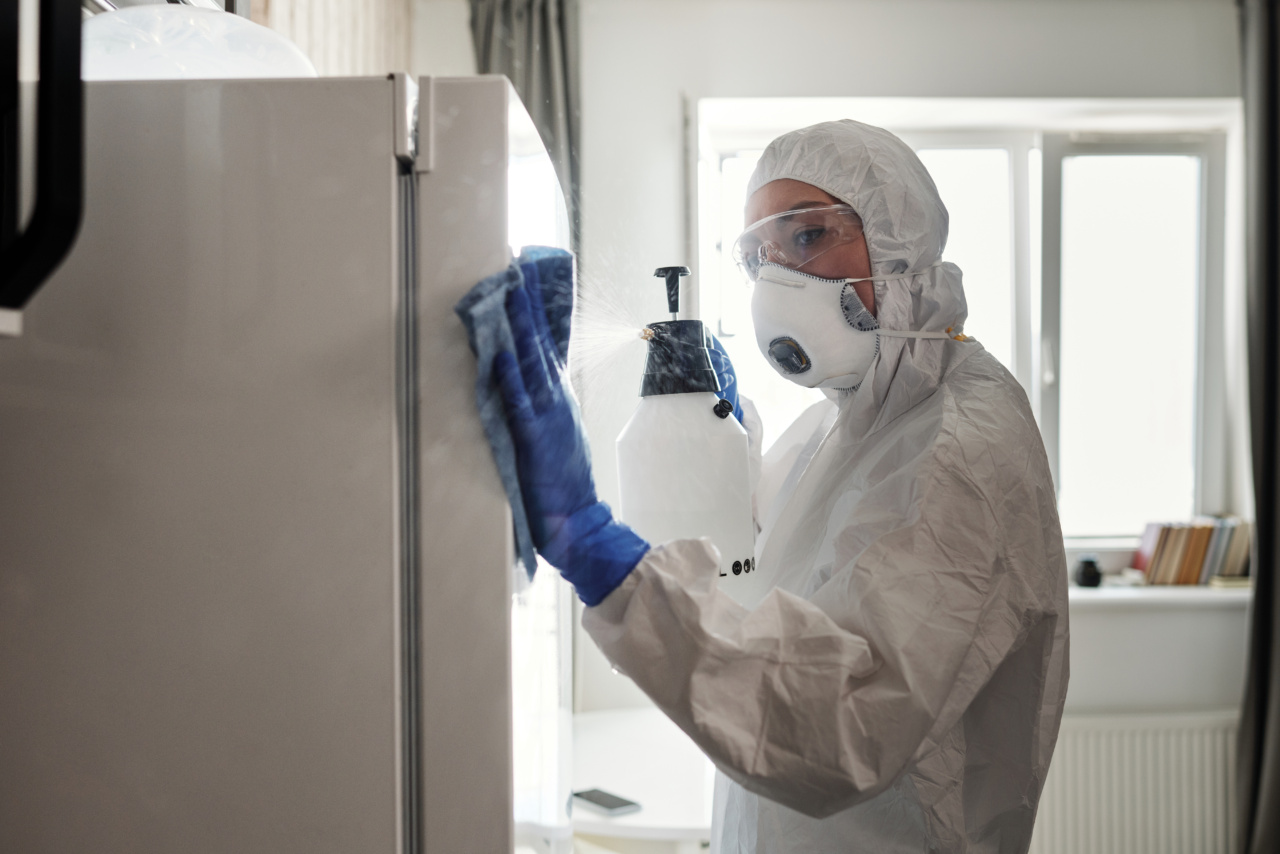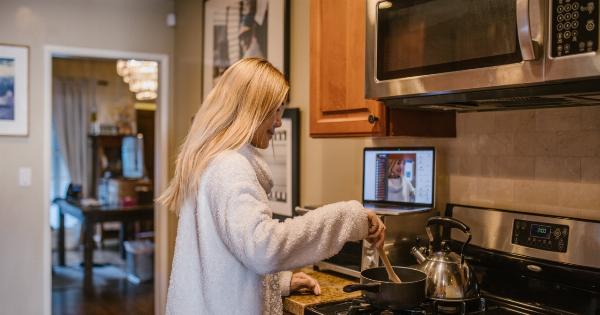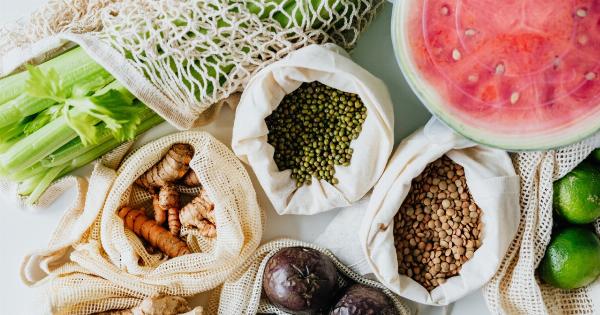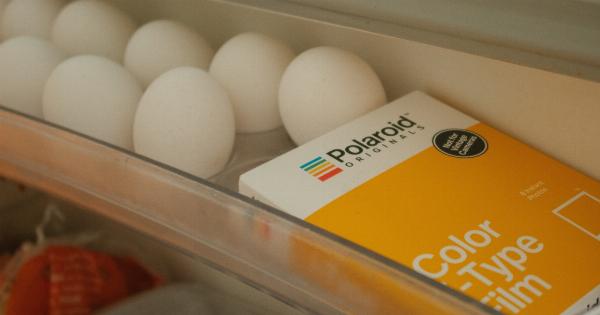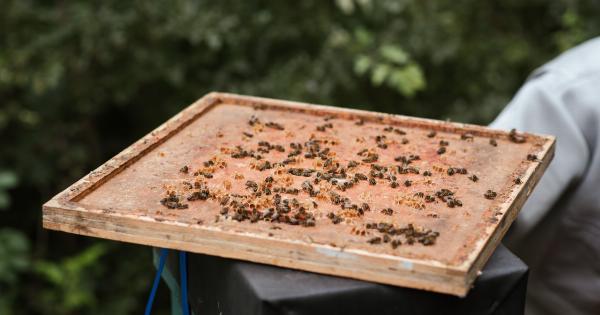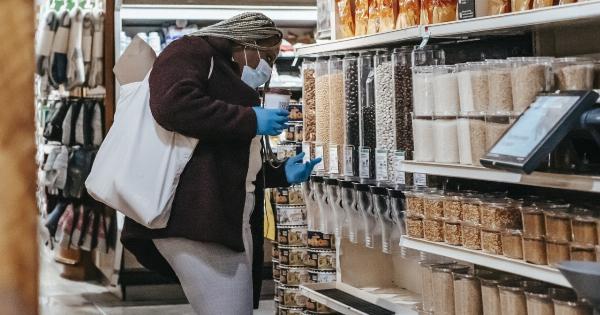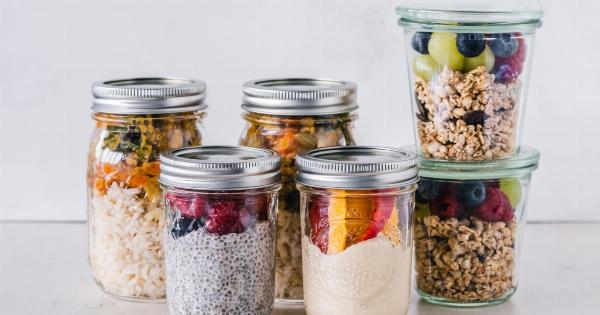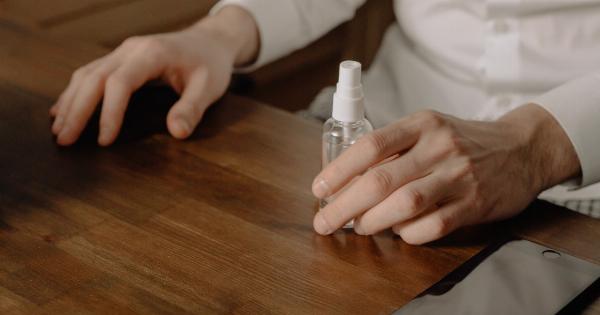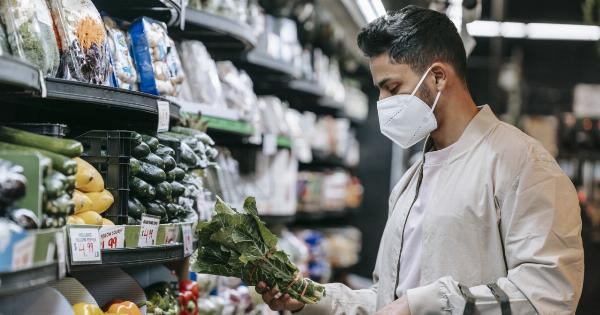Cooking is an art that requires precision, creativity, and safety. Whether you’re a seasoned chef or an amateur cook, it’s crucial to follow safety guidelines to prevent accidents and ensure the quality of your meals.
Similarly, proper refrigeration techniques are vital to keep your food fresh and free from harmful bacteria. To help you navigate through the kitchen safely, here are 18 essential pointers for safe refrigeration and cooking.
1. Clean and Sanitize
Prior to starting any food preparation, it’s crucial to clean and sanitize your cooking area, utensils, and hands. Proper hygiene is the first step towards safe cooking.
2. Use a Clean Cutting Board
When chopping fruits, vegetables, or meat, always use a clean cutting board. Cross-contamination can occur if you reuse the same board for different ingredients without washing it in-between.
3. Handle Raw Meat Carefully
Raw meat carries a higher risk of bacterial contamination. Always handle it with caution, using separate utensils and cutting boards for raw meat to avoid spreading harmful bacteria.
4. Cook Food Thoroughly
Ensure your food is cooked at the right temperature to kill bacteria and prevent foodborne illnesses. Use a food thermometer to check if the internal temperature is safe for consumption.
5. Store Raw Food Properly
Raw food should be stored separately from cooked food to avoid any cross-contamination. Place raw meat, poultry, and seafood in sealed containers or bags on the bottom shelf of your refrigerator.
6. Keep a Safe Fridge Temperature
Refrigerators should be set at or below 40°F (4°C) to inhibit the growth of harmful bacteria. Use a refrigerator thermometer to monitor the temperature regularly.
7. Avoid Overcrowding the Fridge
Ensure there is enough space between food items in your refrigerator. Overcrowding blocks the circulation of cold air and can lead to uneven cooling.
8. Use Leftovers within Safe Timeframes
Leftovers should be consumed within 3-4 days to prevent foodborne illnesses. Label containers with the date they were stored to keep track of their freshness.
9. Thaw Food Properly
If you need to thaw frozen food, do so in the refrigerator, under cold running water, or in the microwave. Avoid thawing at room temperature, as it allows bacteria to multiply rapidly.
10. Be Mindful of Food Expiry Dates
Regularly check the expiry dates on food items and discard any that are past their prime. Consuming expired food can lead to food poisoning and other health issues.
11. Store Leftovers in Suitable Containers
Use airtight containers to store leftovers in the refrigerator. This prevents the spread of odors and helps maintain the quality and flavor of the food for a longer period.
12. Wash Fruits and Vegetables
Prior to cooking or consuming raw fruits and vegetables, wash them thoroughly under running water. This removes dirt, pesticide residues, and potential pathogens.
13. Use Safe Food Preparation Surfaces
Opt for surfaces that are easy to clean, such as stainless steel or solid wood, for food preparation. Avoid using porous materials like marble or plastic, which can harbor bacteria.
14. Keep Fire Safety in Mind
If you’re cooking with gas, ensure there is proper ventilation in your kitchen to prevent the buildup of harmful gases. Keep flammable substances away from the stove and have a fire extinguisher nearby.
15. Avoid Cross-Contamination
Prevent cross-contamination by individually wrapping raw meat, poultry, or fish before storing them in the refrigerator. This stops any juices from dripping onto other food items.
16. Use Safe Cooking Utensils
Invest in heat-resistant and non-slip cooking utensils to prevent accidents. Avoid using metal utensils with non-stick cookware, as they can cause scratches and release harmful chemicals.
17. Dispose of Food Safely
If you have any doubt about the quality or safety of a food item, it’s better to dispose of it. Consuming spoiled or contaminated food can lead to severe foodborne illnesses.
18. Educate Yourself on Food Safety
Continuously educate yourself on food safety practices, keeping up with the latest guidelines and recommendations. This ensures that you’re well-informed and can implement best practices in your kitchen.
